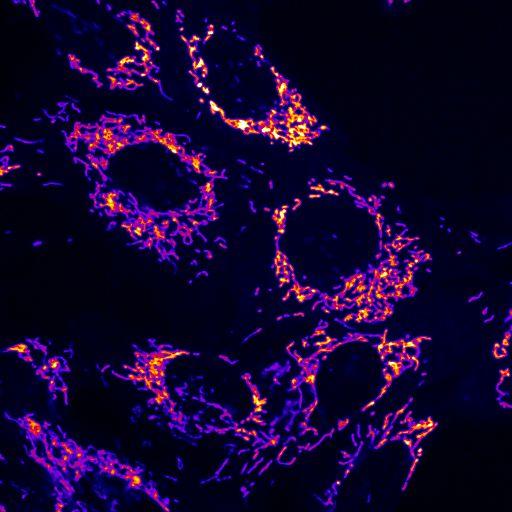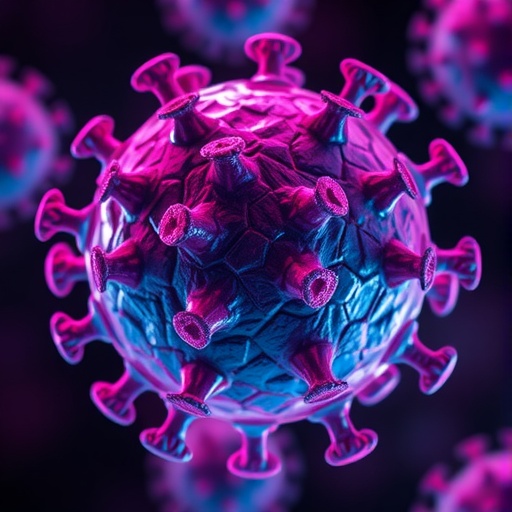
Credit: Nicola Roverato, University of Konstanz
Parkinson’s disease is the second most common, age-related, neurodegenerative disease: In Germany alone, about 300,000 people are affected and experience sometimes major limitations to their quality of life. Although Parkinson’s is so widespread, there is still no treatment that targets the cause of the disease and can stop it in its tracks.
However, current research provides new hope: A research team at the University of Konstanz led by Professor Marcus Groettrup describes a new approach for developing future treatments for Parkinson’s. The biologists demonstrated that the ubiquitin-like protein FAT10 inhibits the molecular defence mechanisms protecting the brain from Parkinson’s disease. The biological mechanism is tricky: FAT10 causes processes in our own body that degrade the body’s molecular “guardians” against Parkinson’s disease (the enzyme Parkin). Instead of getting rid of damaged mitochondria in brain cells, Parkin is itself disposed of by the body. The research results were published in the scientific journal Cell Reports on 16 March 2021.
Damaged power plants of the cells
Parkinson’s disease develops as a result of nerve cells dying off in the mesencephalon (midbrain). This is caused by faulty disposal of damaged mitochondria, the cells’ “power plants”. When damaged mitochondria are not disposed of by the body, oxygen radicals develop in the brain. These, in turn, damage the nerve cells, causing them to die.
So that the body can dispose of mitochondria, they have to be marked by a signalling substance. This can be compared with labelling them as “broken – please throw away”. The enzyme Parkin is responsible for labelling damaged mitochondria. The molecular label it gives them contains the protein ubiquitin.
Wrongly labelled
This is where the protein FAT10 comes into play. FAT10 has a very similar structure and function to ubiquitin. It is also a signalling substance that labels other molecules for disposal. Unfortunately, FAT10 is the wrong label for mitochondria. FAT10 not only labels the damaged mitochondria, but also the enzyme Parkin for the body to dispose of.
To use a picture: It would be like labelling the cell’s own guardians for disposal – the very ones that otherwise label damaged mitochondria for disposal. The body then does what the labels tell it to do. The more guardians are disposed of, the fewer damaged mitochondria can be correctly labelled for disposal. What happens as a result? The body’s defence processes do not dispose of the damaged mitochondria – and the brain cells themselves are damaged over time.
“We hope this discovery provides a new approach to developing an effective treatment for Parkinson’s. An inhibitor for FAT10 could possibly be used to limit the disposal of Parkin and ensure that damaged mitochondria are disposed of correctly”, says Marcus Groettrup.
###
The research was completed with the key participation of Nicola Roverato, lead author and doctoral researcher in the research team led by Marcus Groettrup. The work was funded in the context of the Collaborative Research Centre “Chemical and Biological Principles of Cellular Proteostasis” (SFB 969).
Key facts:
Note to editors:
You can download a photo here:
https:/
Caption: Fluorescence microscopy image of tinted mitochondria
Copyright: Nicola Roverato, University of Konstanz
Contact:
University of Konstanz
Communications and Marketing
Phone: + 49 7531 88-3603
Email: [email protected]
– uni.kn/en
Media Contact
Universität Konstanz
[email protected]




